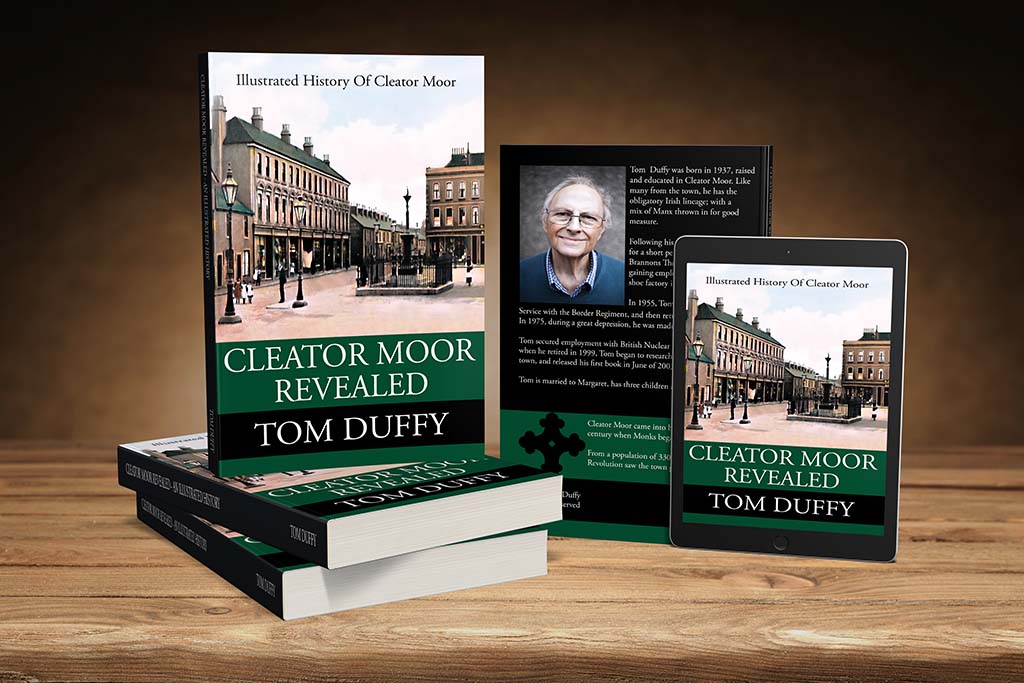Pedley and Relph were showmen who helped pioneer the Bioscope show - a music hall and travelling cinema. The heyday of the Bioscope was from...
Pedley and Relph were showmen who helped pioneer the Bioscope show - a music hall and travelling cinema. The heyday of the Bioscope was from the late 1890s until World War I.
Bioscope shows were fronted by the largest fairground organs, and these formed the entire public face of the show. A stage was usually in front of the organ, and dancing girls would entertain the crowds between film shows.
Films shown in the Bioscope were primitive, and the earliest of these were made by the showmen themselves. Later, films were commercially produced.
Bioscope shows were integrated, in Britain at least, into the Variety shows in the huge Music Halls which were built at the end of the nineteenth century. In 1923, Pedley and Relph established themselves in Cleator Moor, at the Hippodrome.
Pedley was a man of great strength of character, scrupulously fair and good living, he was nonetheless a good businessman. He made money, and made it fast, and when he put his energies and capital into new enterprise it quickly returned cash for him.
The Hippodrome was built of a wooden frame and sheet iron. It opened its doors on Boxing Day, 1910. Professional musical hall acts provided the live entertainment. Short, silent comedies were wound out by hand and projected onto the screen. There was also a fiddle and piano accompaniment to add colour.
Mr P. A. Burns, a local publican was manager of the Hippodrome.
Pedleys interests in Cleator Moor were not only restricted to motion pictures, for he also built a billiards hall in Victoria Street.
The Hip had a wooden floor full of splinters. The floor sloped up until the seated area, which were steeply tiered. The first six rows were wooden benches then the seating afterwards was of a slighter higher class. After these, the aisle widened, leading to the top tier, which were traditionally for "lovers".
The building had a corrugated tin roof and often rattled as local children threw stones onto it, much to the annoyance of those in the top tier.
In 1920, after a difference of opinion with the local council, Pedley decided to up roots and leave Cleator Moor.
Stanley Rogers, who operated a group of cinemas in the Newcastle area, and who controlled the Theatre Royal in Whitehaven, bought the Hippodrome.
During the 1920's, as the Motion Picture industry improved in length and quality, the old Hip remained unchanged, yet continued to keep its head above water. During this time, a rival concern opened on Jacktrees Road.
From 1922 until his retirement in 1946, the Hippodrome was managed by Mr Samuel Humphries, a respected figure in Cleator Moor. He was succeeded by Mr John R. Edgar, who came from Newcastle as a relief operator, a few months before his appointment as manager.
In 1947, a new company was formed - The Hippodrome Ltd. Minor improvements were made to the interior of the building, but it was not until May 1951 that the problem of renovation was tackled in earnest.
The major construction work began, with local builders, joiners, electricians, painters and roofing experts being employed. Strip by strip, the old tin roofing was removed. Metal mesh was laid to the walls, and then concrete applied, and finally a layer of rough cast applied to help weatherproof the job. The roof was relaid with asbestos sheets. A new brick front was built around the old operating box, giving greater space and head room.
The new-look building was renamed, The Regal.
The remarkable thing about the construction work was that cinema shows were never interrupted, until the final 10 days of work, when the installation of Gaumont Kalee projectors was carried out.
The projection, and sound system were of a similar type used in cinemas in the West End of London. New lighting had been installed throughout the Regal and the seating arrangements in the stalls and pit were altered to give greater leg room, and at the same time to increase the capacity from 500 to 540.
Tip-up seats were installed in place of the wooden forms which were near the screen. Walls were panelled with hardboard, and the praesidium repainted.
The new Regal was by no means a luxurious accommodation, but it was a lot more comfortable and warmer than the old Hip. The draughts and the noise of rain and hail on the roof and sides of the old Hippodrome used to drown out the soundtrack could no longer be heard. The new projector was also a lot quieter than the old one, whose constant hum was a irritation of the Hip.
The reconstruction of The Regal cost some £7,000. The Regal closed its doors to the picture seeking public on the 30th August 1962, and became The Regal Bingo Club.

Today, The Regal is no more, having been razed to the ground.
Top Photo: The Hippodrome, C1930





